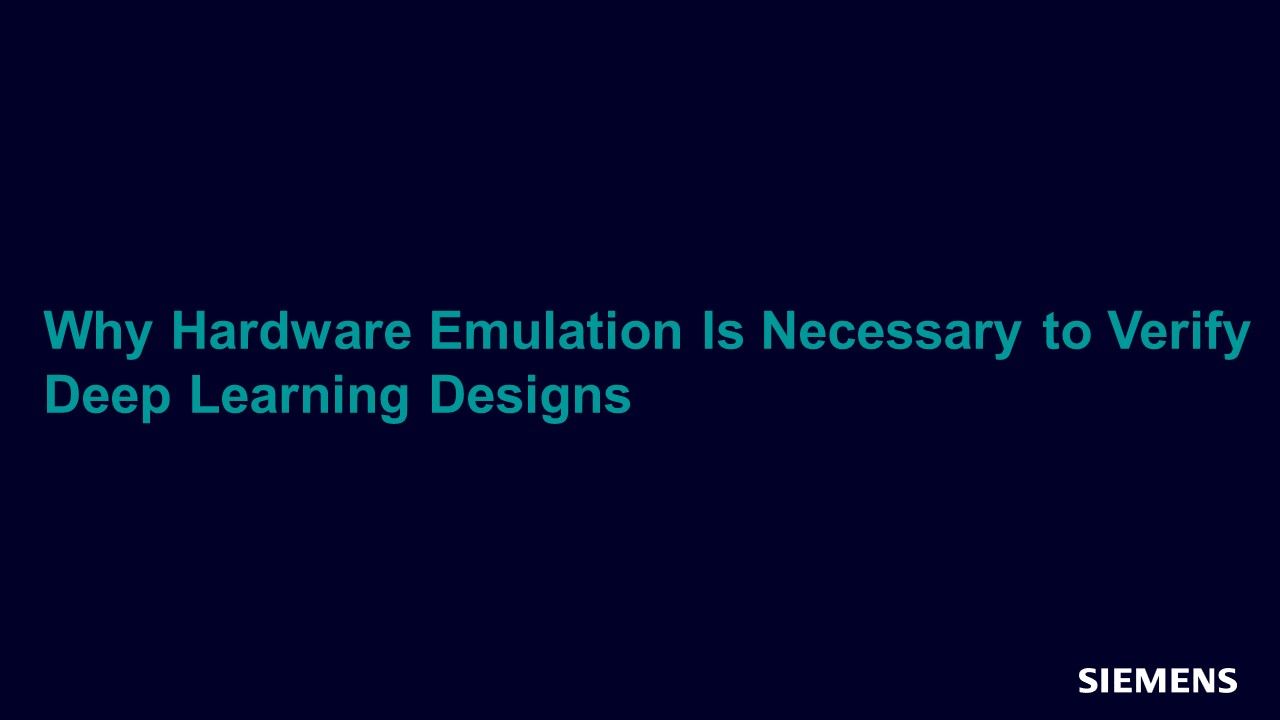Why Hardware Emulation Is Necessary to Verify Deep Learning Designs
There is no doubt that computers have changed our lives forever. Still, as much as computers outperform humans at complex tasks such as solving complex mathematical equations in almost zero time, they may underperform when solving what humans can do easily — image identification, for instance. Anyone in the world can identify a picture of a cat in no time at all. The most powerful PC in the world may take hours to get the same answer.

Full-access members only
Register your account to view Why Hardware Emulation Is Necessary to Verify Deep Learning Designs
Full-access members gain access to our free tools and training, including our full library of articles, recorded sessions, seminars, papers, learning tracks, in-depth verification cookbooks, and more.